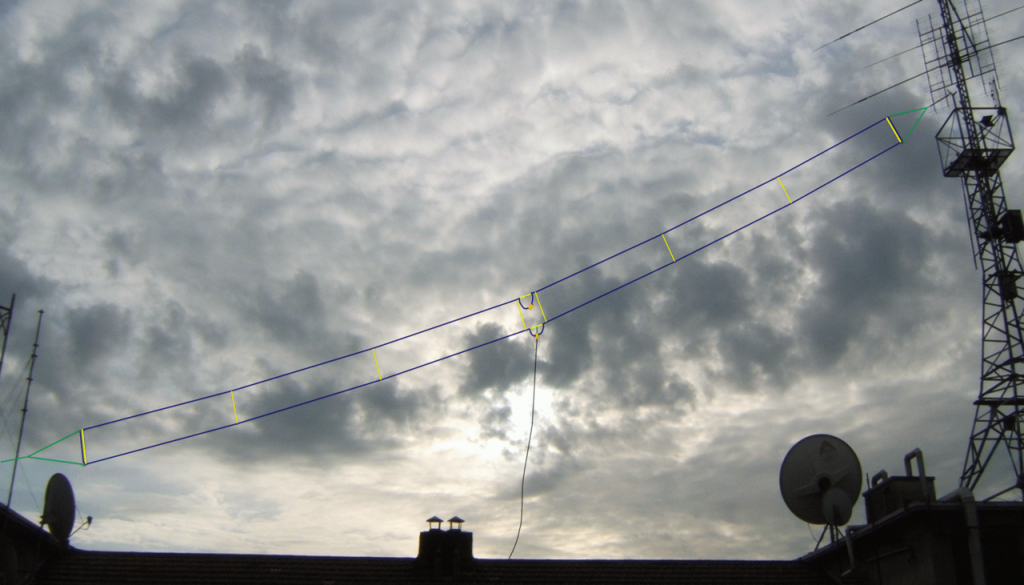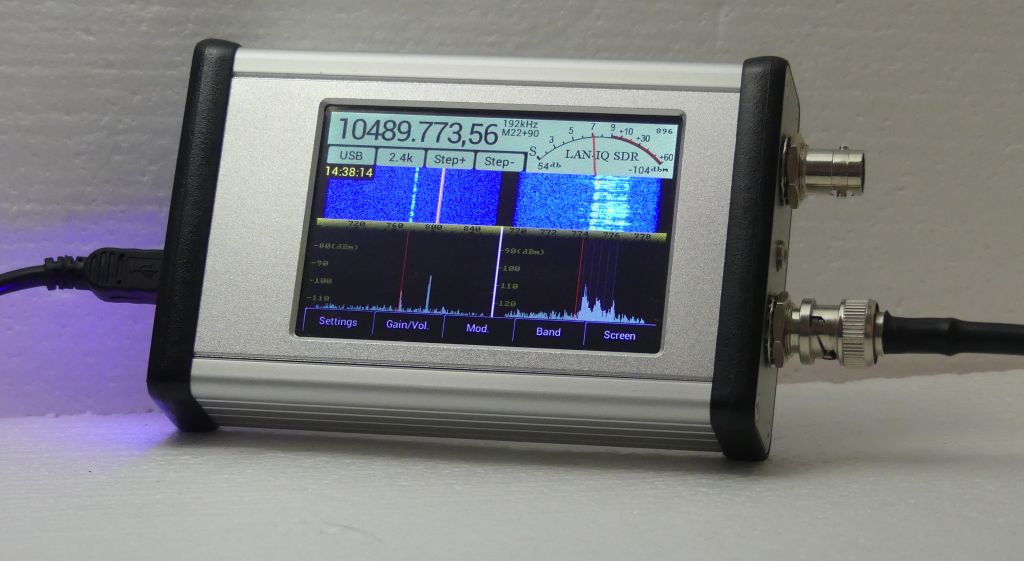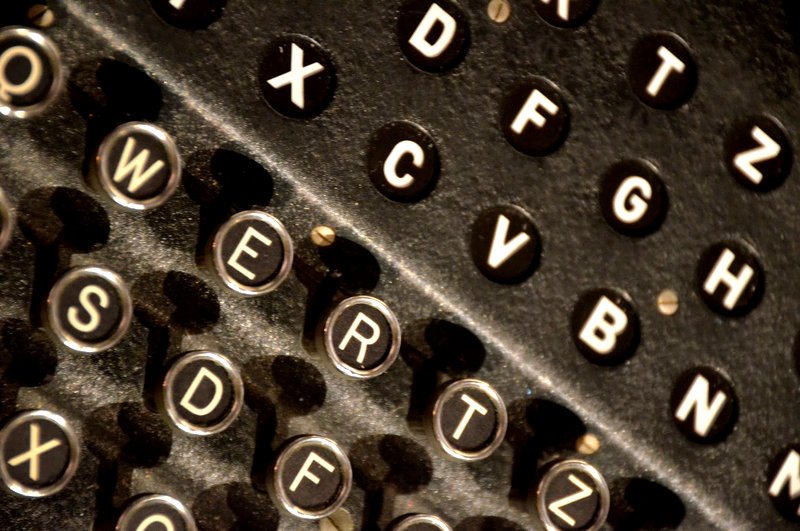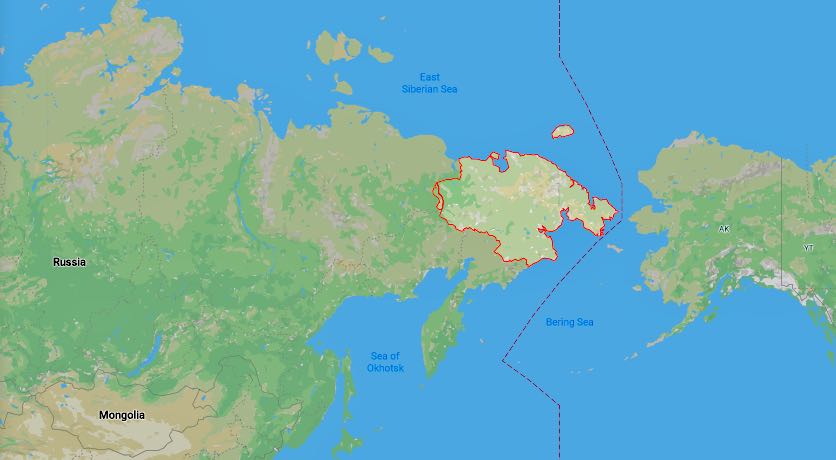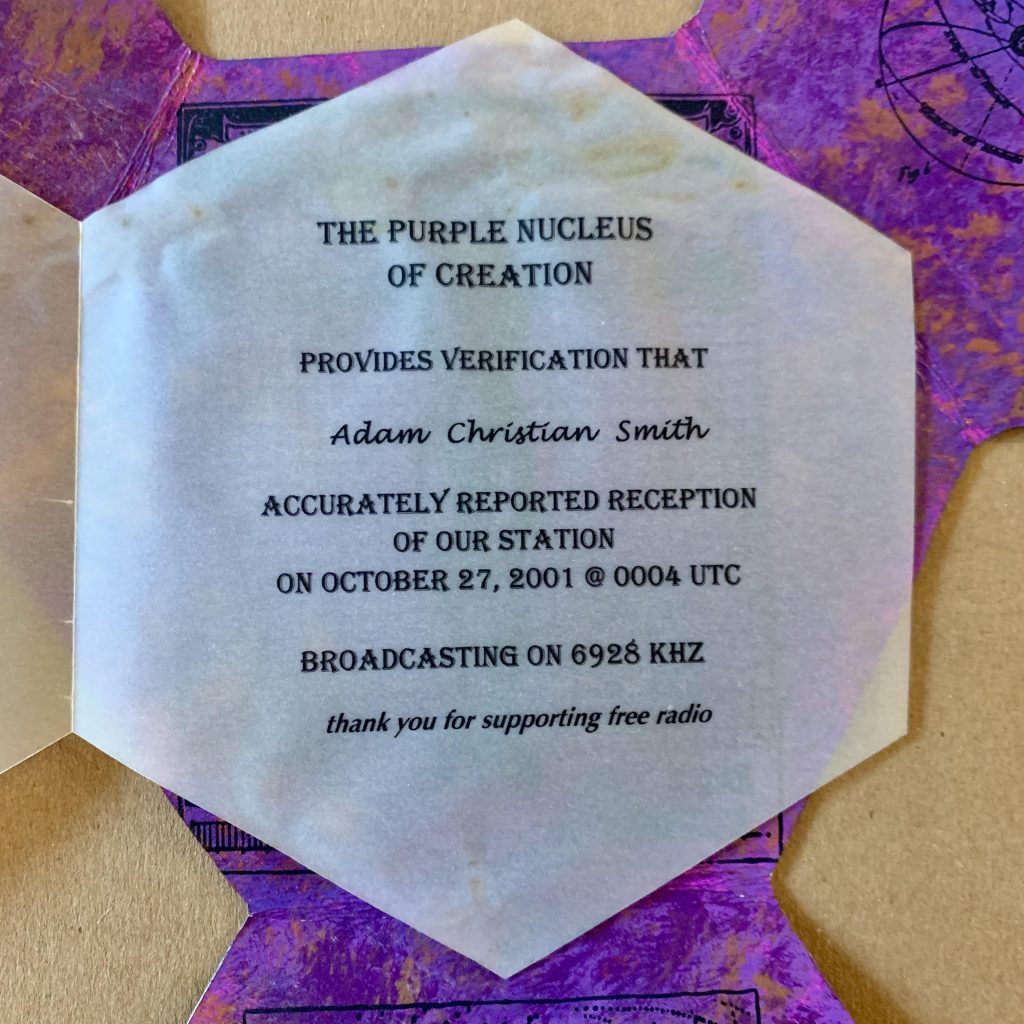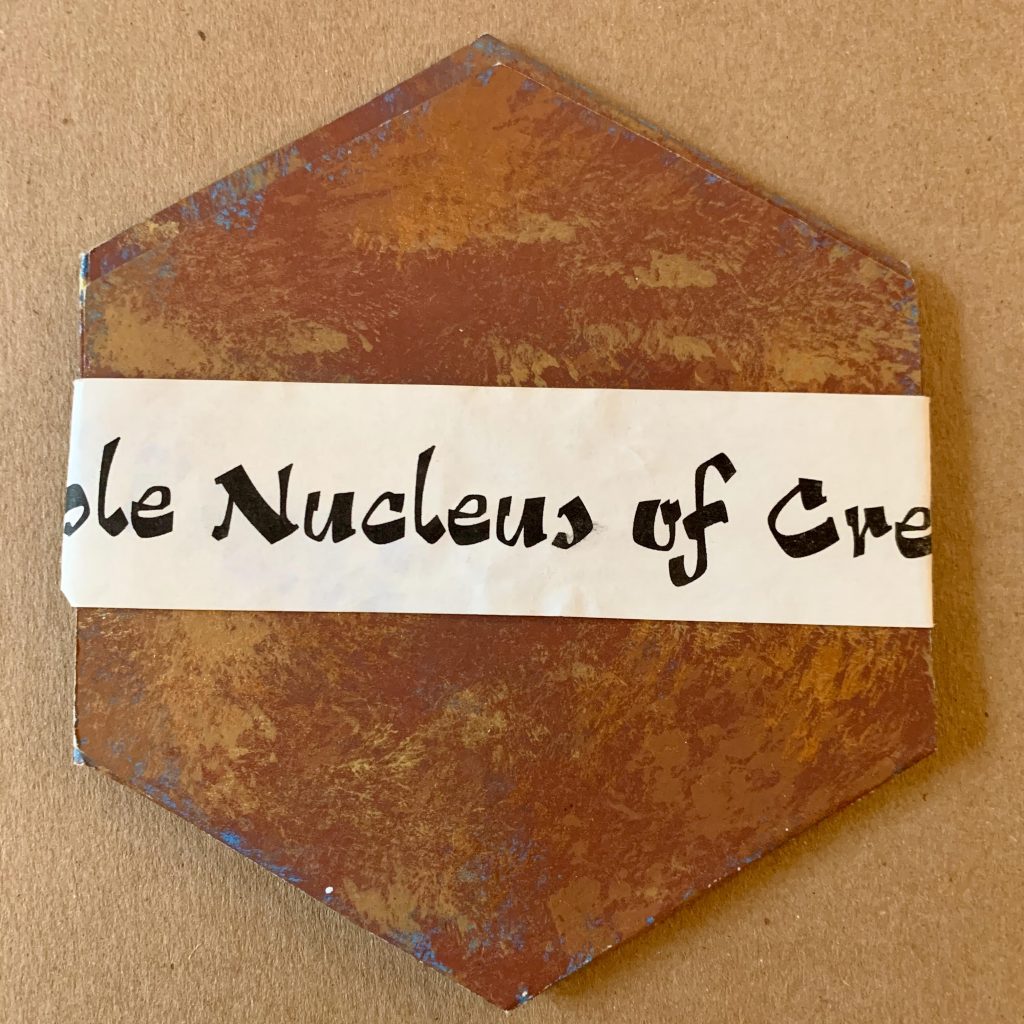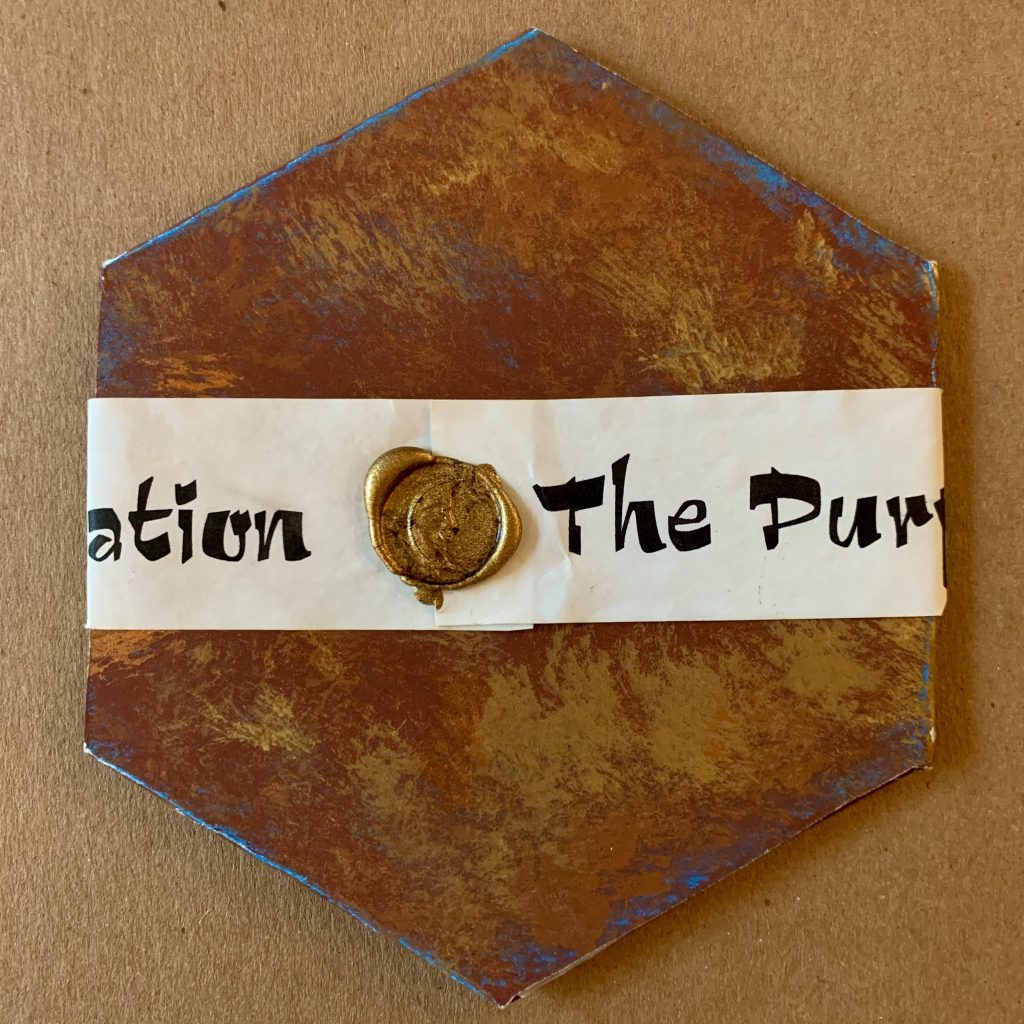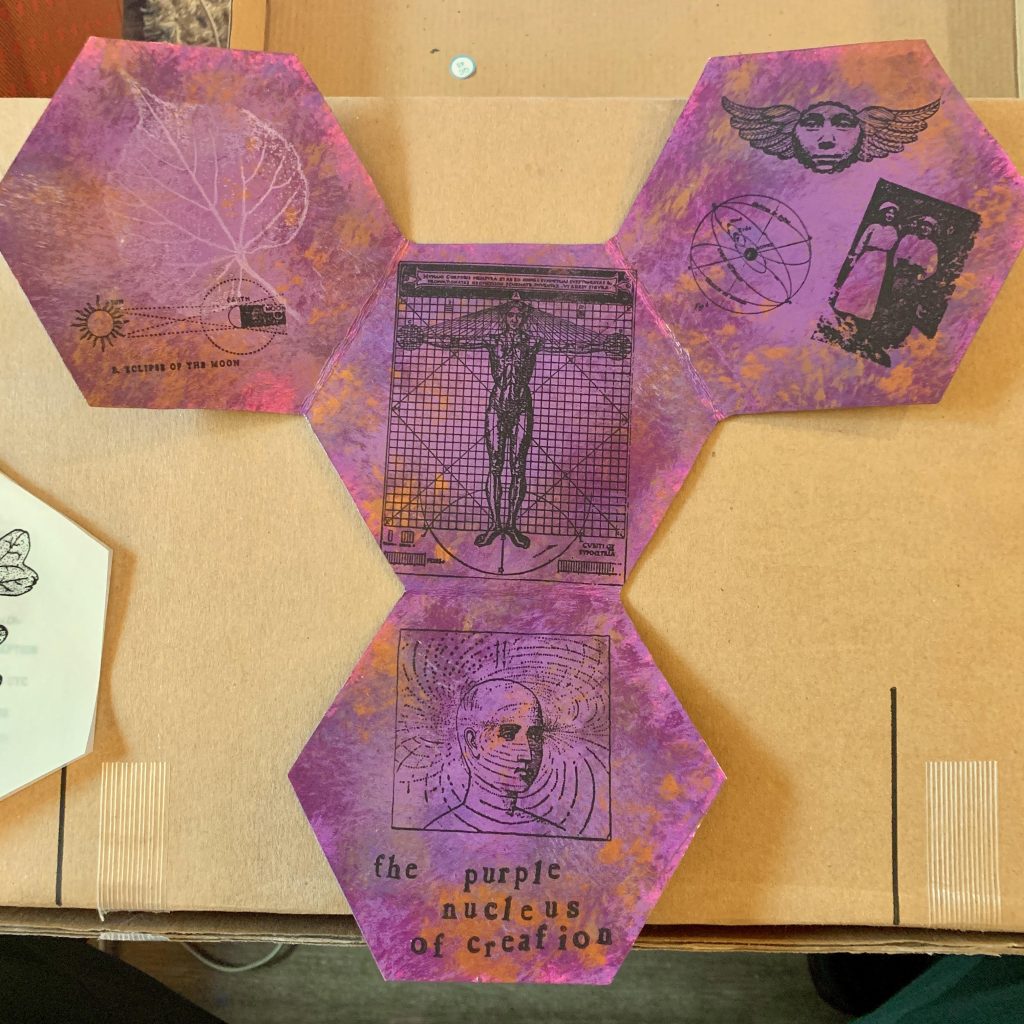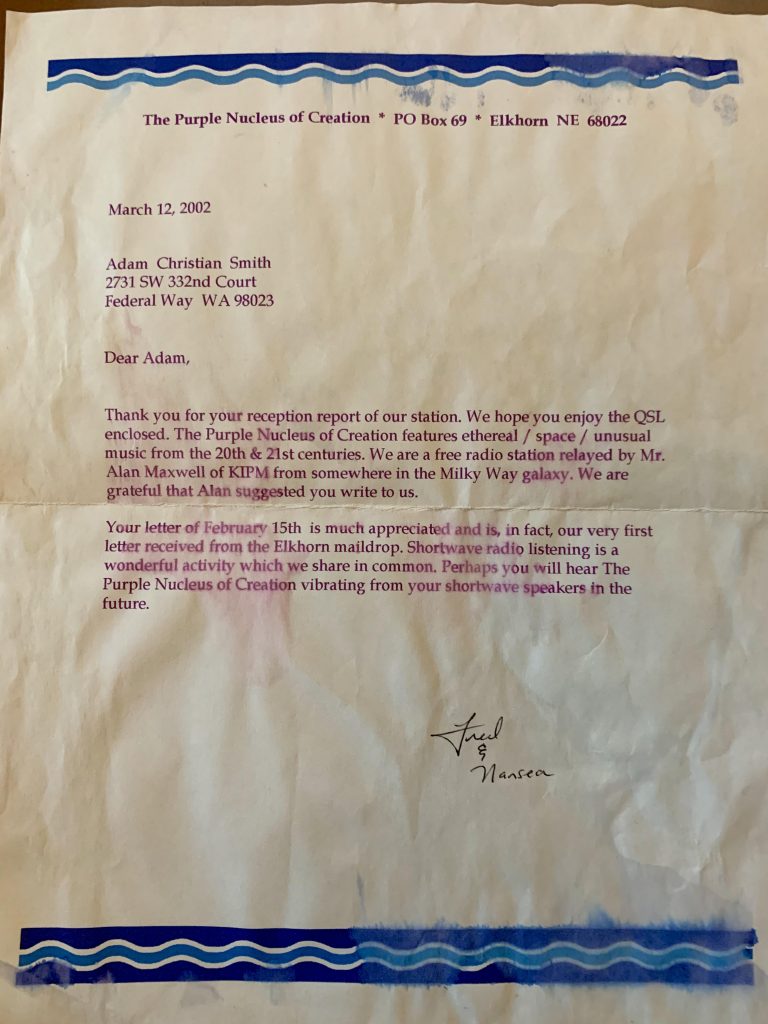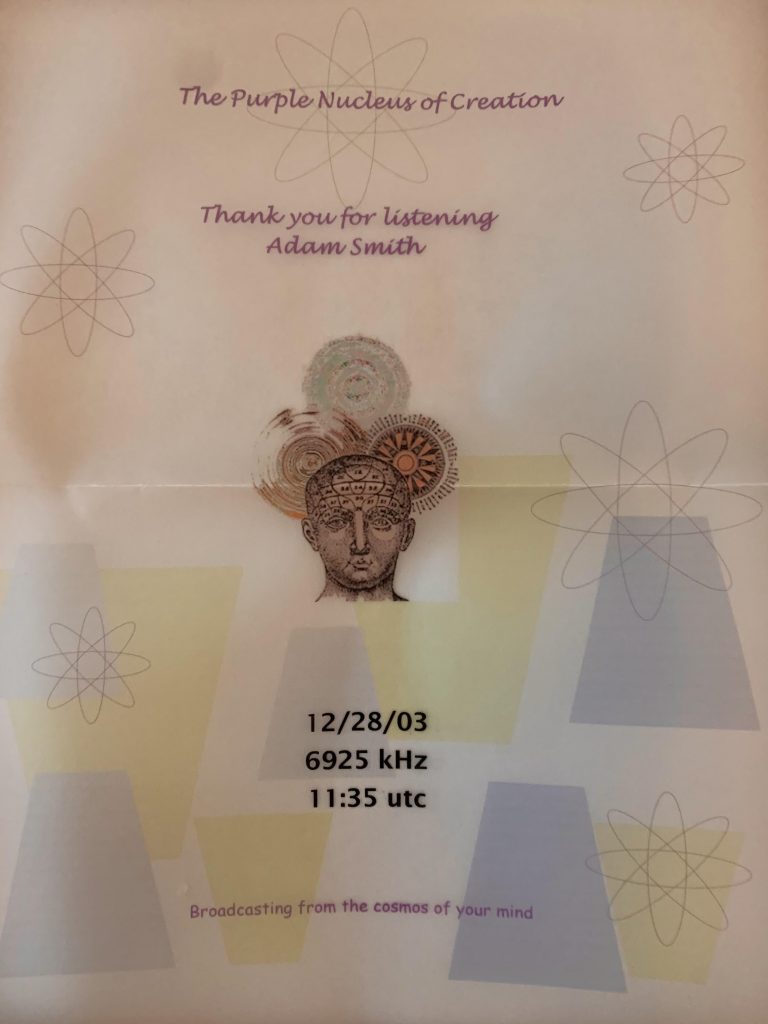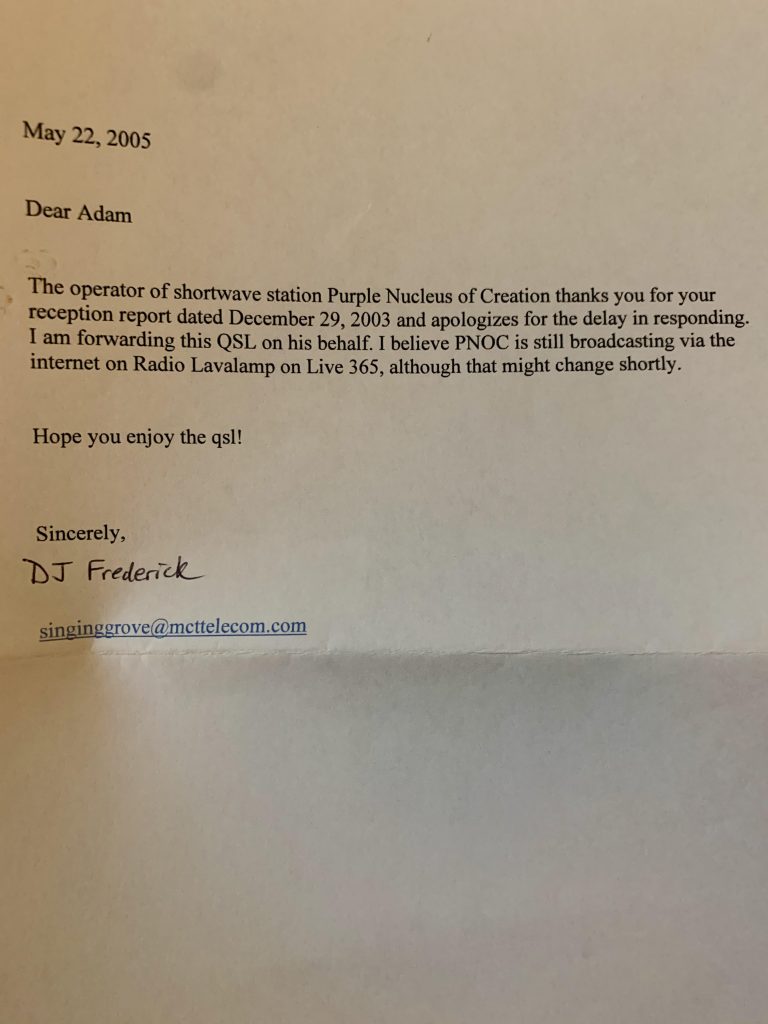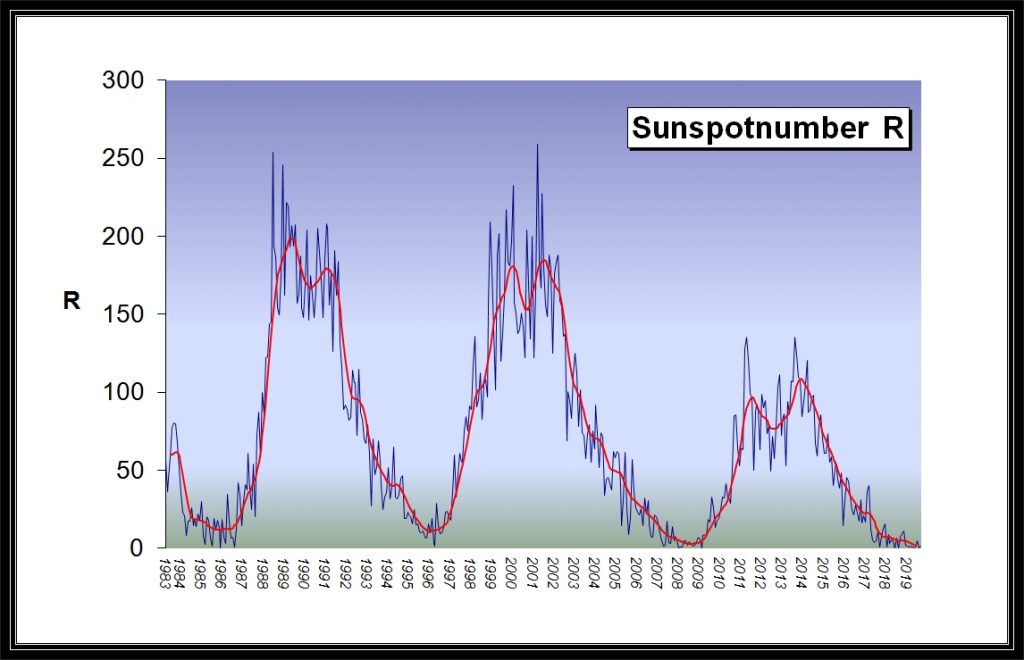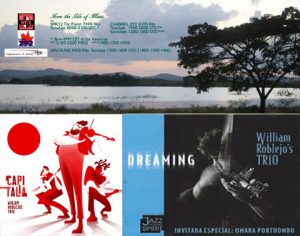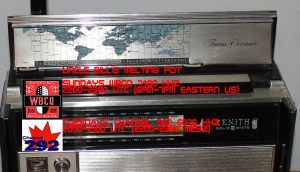Many thanks to SWLing Post contributor, Grayhat, who has recently been on a mission to create a low-cost SDR setup while sheltering at home due to Covid-19 restrictions. While exploring antennas he sent the following inquiry:
I recently found some information about the so-called Tilted Terminated Folded Dipole (T2FD) antenna which was apparently developed for military use as a wideband, general purpose one (which can mean if it isn’t efficient, simply throw some more KW at it). But for receiving, the antenna didn’t seem bad to me, at least based on the info I found.
In most (if not all) ham installations of the antenna, the T2FD is used in a “vertical” setup–that is, one wire above the other. When looking at military docs, the antenna is in “horizontal” setup, that is, wires parallel to ground. Looking at a 3D lobes simulation of the antenna, the pattern for a “vertical” one seems to be a “cloud warmer” with the most radiating lobe going down toward the feedline. If that’s true, this would mean that an “horizontal” T2FD should have its most pronounced lobe at the feedline side. Perhaps “vertical” installations of the T2FD could go from “works well” to “WOW” just flipping the wires–?
Do you think and SWLing Post readers may have info or experience with the T2FD antenna they could share?
If you have any experience using or building the T2FD antenna, please feel free to comment!

